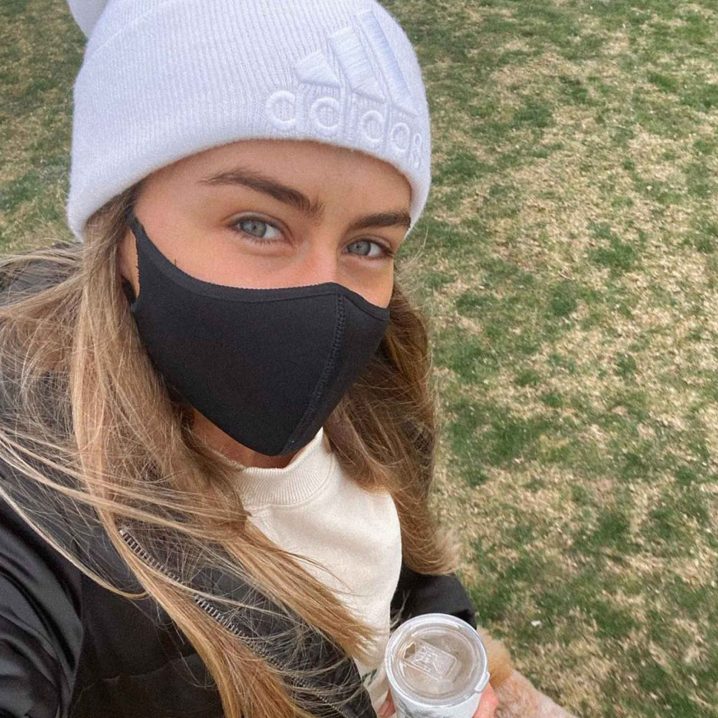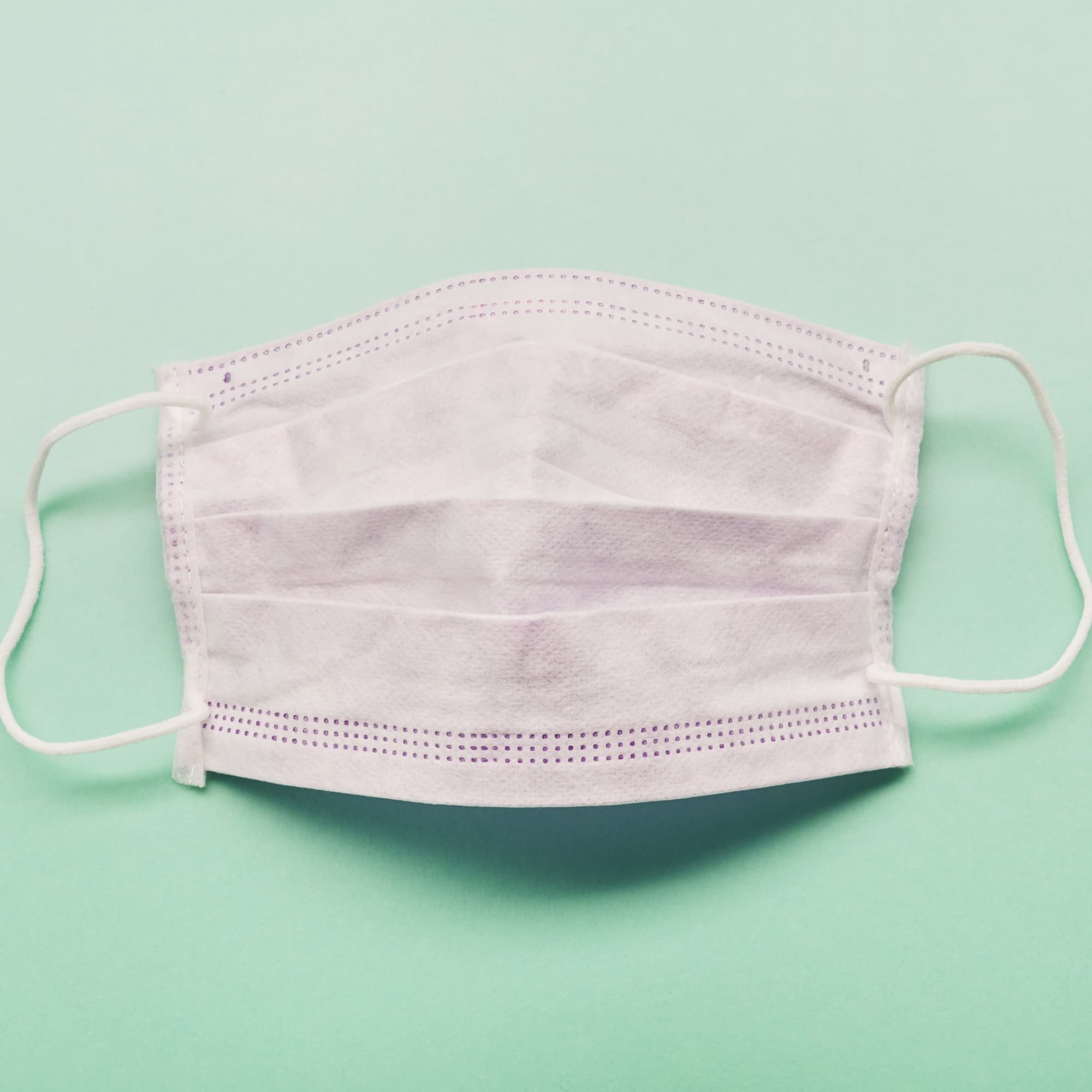
- POPSUGAR Australia
- Beauty
- Mask-Induced Acne Is Real — Expert-Approved Tips on How to Treat Maskne
Mask-Induced Acne Is Real — Expert-Approved Tips on How to Treat Maskne

An unfortunate side effect of mask-wearing is acne, or, as it’s now commonly known, ‘maskne‘. Mask-induced acne is all too common given the frequency in which we have to wear the face coverings. For many states, you must don a mask anytime you leave the house, so experiencing acne popping up as a result of this is to be expected.
In order to get some clarity on why maskne is a thing and how to treat it, we turned to pharmacist and founder of QED Skincare, Shoshana Eisner. According to Eisner, there are actually two types of maskne and, as such, two different ways to treat the acne you’re experiencing.
The Two Types of Maskne
“Maskne consists of two different conditions,” said Eisner. “Maskne A is seen in people who have been wearing facemasks consistently for more than four hours a day and who are suffering stubborn pimple breakouts around their mouth and chin.
“Maskne B refers to those small pimples and irritation where the rim of the mask and straps touches the skin. There are actually two very different causes for what can both look like pimple breakouts.”
Why Do Masks Cause Acne?
“Breathing whilst wearing a mask for a long time creates an extremely humid zone around your nose, mouth and chin, which is the main cause of maskne A (regular pimples around your mouth, nose and chin),” says Eisner.
“Maskne B is caused by the constant rubbing of the rim of the mask and straps. It tends to be sore, sometimes itchy and may have small pimple-like blemishes. It is definitely more common in people who already have eczema, dermatitis or rosacea.”
How to Treat Maskne
According to Eisner, maskne A pimples can be treated much the same way you would treat adolescent pimples. This is the regime Eisner recommends:
- Use a spot treatment regularly on the pimples. I recommend using the 5-Minute Facial Clay Mask Detox + Clarify ($26) formulated with anti-inflammatory and antiseptic ingredients to heal pimples fast and make them less painful and prominent.
- Throughout the day, use a toning spray on the lower part of your face to reduce oil flow. I recommend The Balancing Mist ($32), it smells gorgeous and refreshing but most importantly it slows down oil production.
- Once you are done with masks for the day cleanse the affected area well. If your skin is breaking out badly, I recommend using an anti-acne cleanser in that area like the Clarify Shake to Activate Cleanser ($54), which is formulated to speed pimple healing and reduce oil production.
Given the second type of maskne is caused by friction, the best way to tackle this is to use a healing barrier product to help soothe the irritation. Eisner recommends dabbing The Ultra Sensitive Face Balm ($76) onto the affected areas before you pop your mask on and repeat during the day to keep it moisturised.
How to Prevent Maskne
To prevent maskne from occurring or from coming back, there are a few things you can do. Here is what Eisner suggests to keep it at bay:
- Change your mask frequently.
- Don’t reuse disposable masks.
- If you’re wearing a mask regularly, invest in a quality comfortable, breathable fabric mask and buy a few and wash them often.
- Don’t stop moisturising under your mask. If you have very sensitive skin, you are more at risk of the second type of maskne, so increase your moisturiser.
- If it gets really bad, make an appointment with your GP
While wearing a mask is necessary at the moment — as it keeps you and those around you safe — Eisner’s advice proves that you don’t have to settle for maskne. Keep your skin hydrated and maybe think about swapping to a silk mask to help ease the irritation on your skin.


